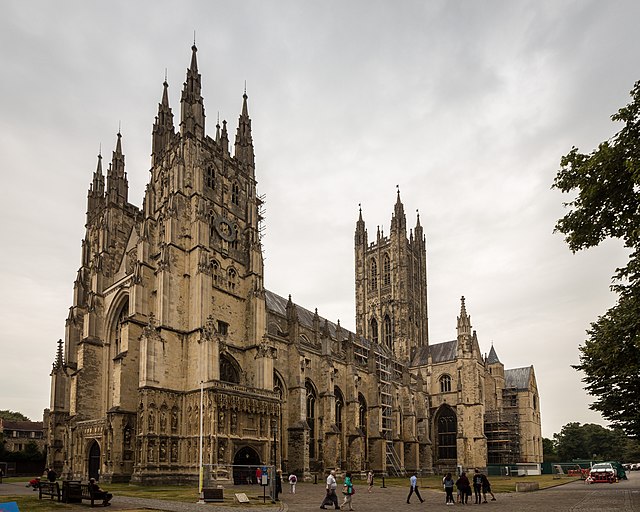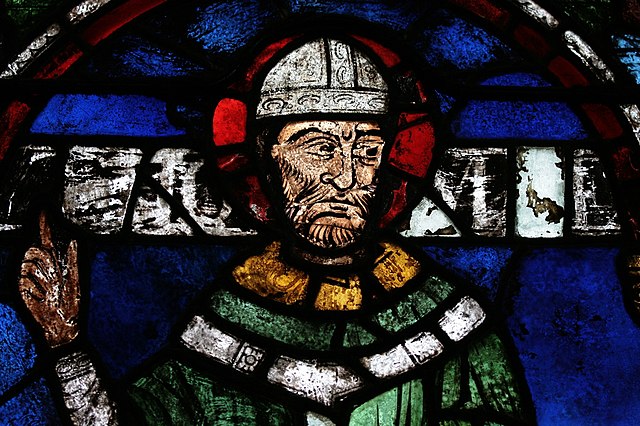Pilgrim badges are decorations worn by some of those who undertake a Christian pilgrimage to a place considered holy by the Church. They became very popular among Catholics in the later medieval period. Typically made of lead alloy, they were sold as souvenirs at sites of Christian pilgrimage and bear imagery relating to the saint venerated there. The production of pilgrim badges flourished in the Middle Ages in Europe, particularly in the 14th and 15th centuries, but declined after the Protestant Reformation of the mid-16th century. Tens of thousands have been found since the mid-19th century, predominantly in rivers. Together they form the largest corpus of medieval art objects to survive to us today.
A modern, authentically made replica shows how shiny lead alloy souvenirs would have looked when they were bought by medieval pilgrims. Made by Colin Torode, Lionheart replicas. Image by the Digital Pilgrim Project.
4th-7th century clay pilgrim flask or ampulla. Pilgrims used ampullae like this to carry water or oil from the pilgrimage site for Saint Menas: a late-third-century Egyptian Roman soldier who was martyred for his Christian faith. He is shown between the two camels who returned his body to Egypt for burial
A medieval cast lead alloy monogram of Maria pilgrim badge. The badge is in the shape of a Lombardic 'm' with crown above. The crown is formed of three projections; the two outer projections are trefoil and the central is a single collared knop. The outline of the 'm' has a beaded border and in the gaps between the columns of the 'm' the casting seam can be seen. The reverse of the badge is plain; the catchplate has survived intact but only the stump of the pin remains
This badge represents the ornate head reliquary of St Thomas Becket and was probably sold near his shrine in Canterbury
Canterbury Cathedral, more correctly Christ Church Cathedral, Canterbury, is the cathedral of the archbishop of Canterbury, the leader of the Church of England and symbolic leader of the worldwide Anglican Communion. Located in Canterbury, Kent, it is one of the oldest Christian structures in England and forms part of a World Heritage Site. Its formal title is the Cathedral and Metropolitical Church of Christ, Canterbury.
Cathedral from the city entrance
The archiepiscopal throne in Canterbury Cathedral
Plan of Canterbury Cathedral before the 1067 fire
Image of Thomas Becket from a stained glass window








